A century celebration: Hendersonville's Water System turns 100 years old
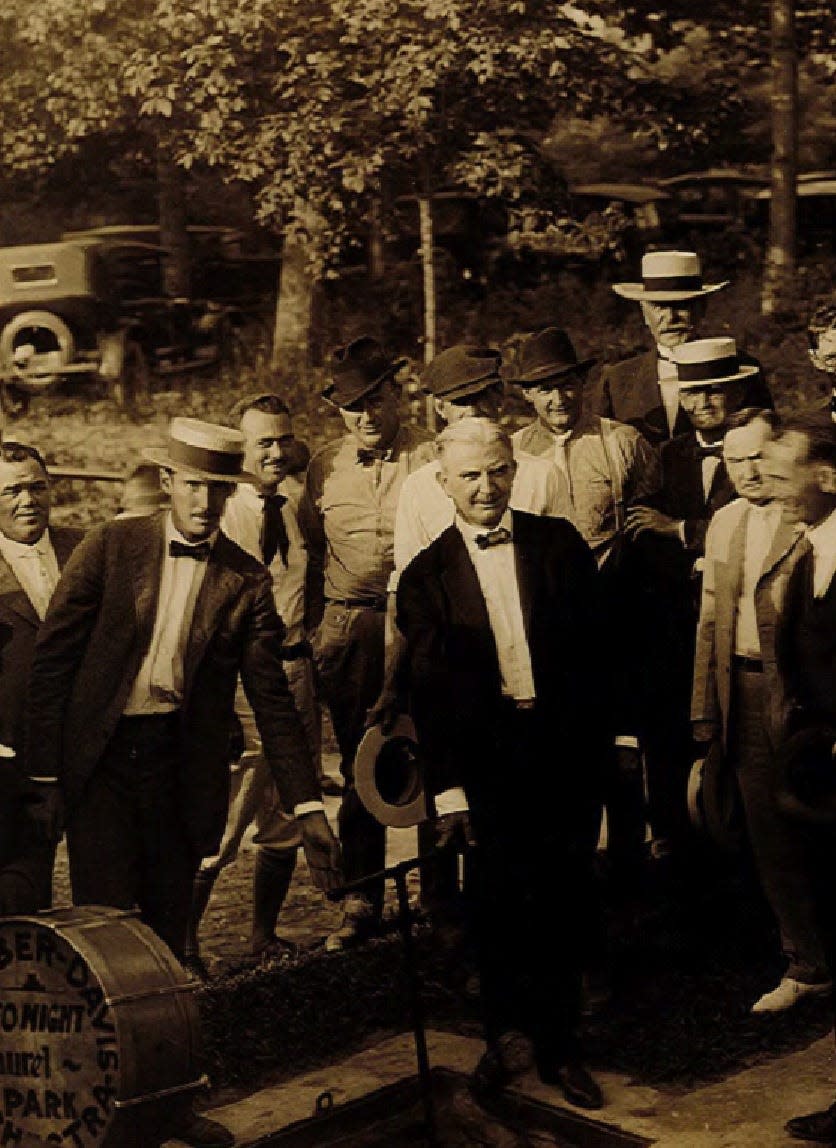
HENDERSONVILLE - At 5:30 p.m. on July 26, 1923, a milestone happened in the city of Hendersonville ... a milestone that should never be forgotten.
With the governor of North Carolina (Cameron Morrison), city leaders and a crowd of onlookers at the distribution reservoir, a valve was opened to christen the new Hendersonville Water System, which was constructed at a cost of $460,000, the single largest investment the city had made at that time.
When the valve was opened, "water rushed by gravity from the new intake dam over 16 miles away to fill the distribution reservoir like a fountain," current Hendersonville Water & Sewer Utilities Engineer Adam Steurer said in a news release. "Many citizens joined in the festivities which included songs and speeches by local prominent figures. The governor of North Carolina, Cameron Morrison, was in attendance to celebrate the great new water system, which delivered water that was described to have unsurpassed purity of anywhere in America to the citizens of Hendersonville.
"Today, the same system serves as the backbone that supplies some of the most pristine water that can be found anywhere in the United States."
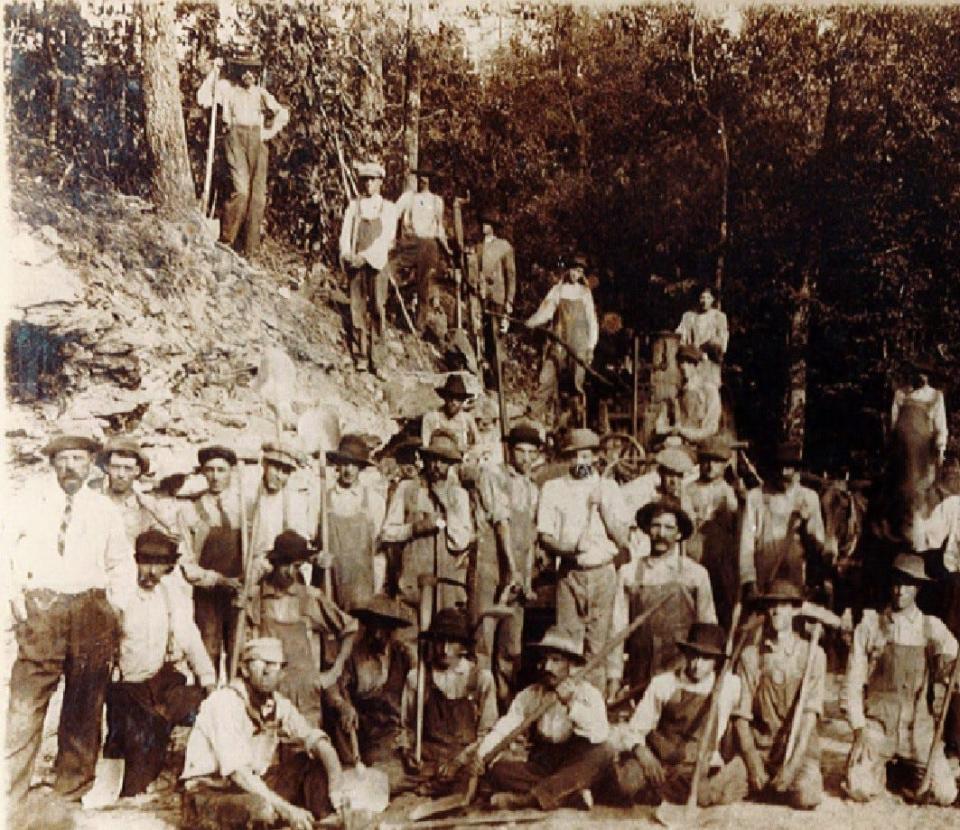
One hundred years ago, Hendersonville had a population of about 4,000 people, but the number grew in the summer months due to seasonal visitors. Four years later, an additional water source from Bradley Creek in Pisgah National Forest was completed to meet the growing needs of the community.
More: City, county call first Joint Water and Sewer Committee meeting 'monumental'
"Both pure water sources served the community with minimal treatment until a filter treatment plant was constructed and an additional water source on the Mills River was added in the 1960s. Currently, in 2023, an additional water intake is under construction near where the Mills River enters the French Broad River," Steurer said.
The new water system was built in 1923 after the old water supply, consisting of a small reservoir in Laurel Park, was becoming inadequate for public health and fire protection for the growing community by the late 1890s.
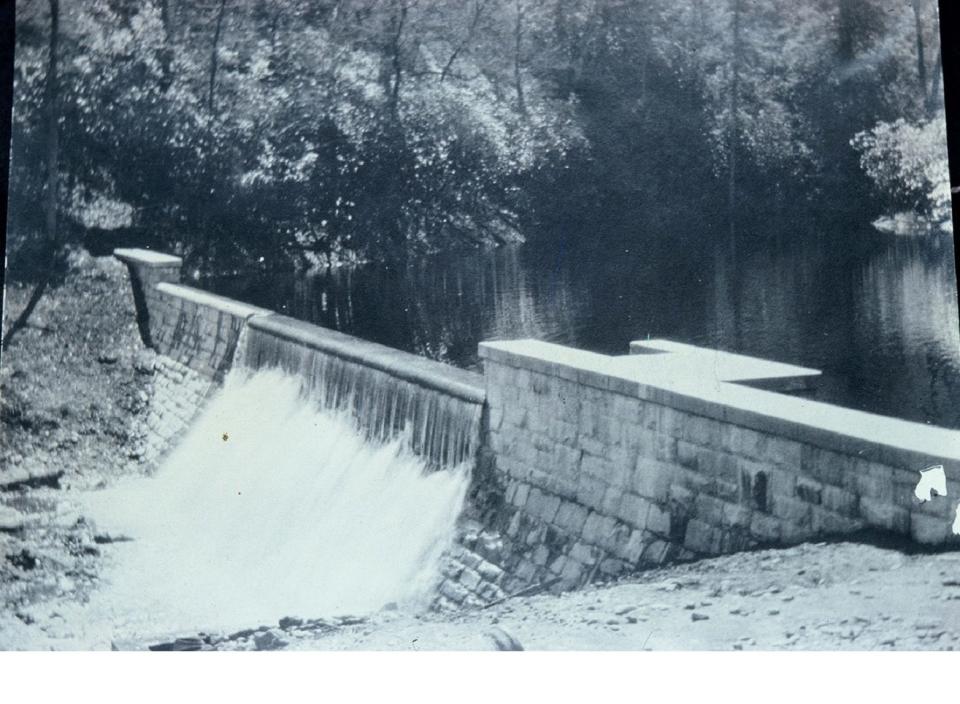
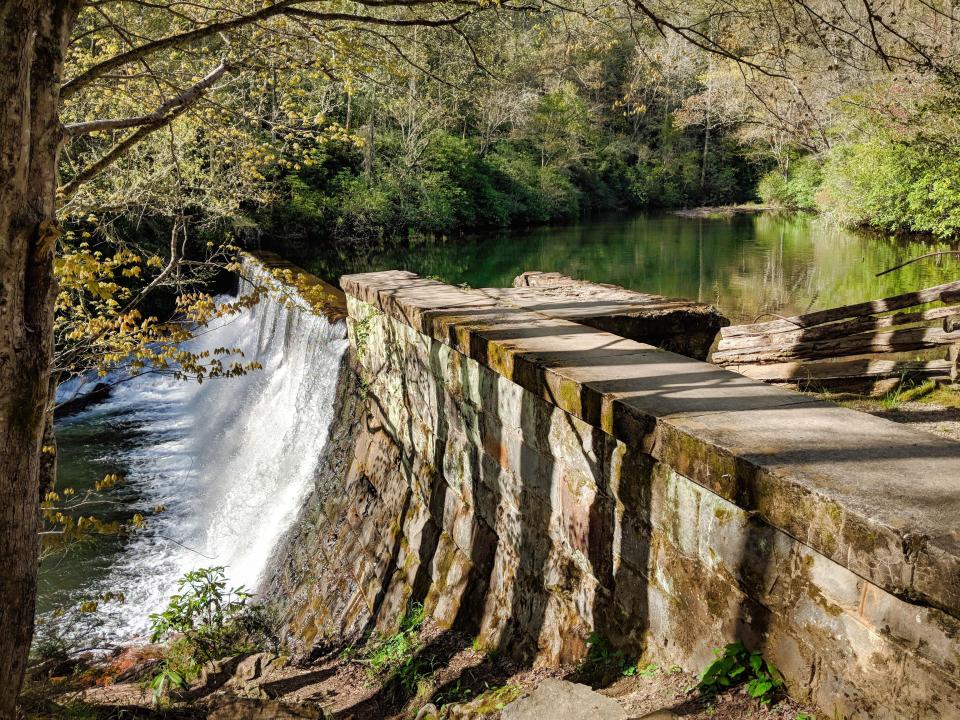
"The inadequacies were most apparent in the summer months when seasonal visitation and water usage was highest. In June 1898, the small water system was cut off for a period of 24 hours to combat a water shortage. Shortly thereafter to conserve water, city officials ordered the system to be turned off at night and prohibited the use of water for streets, lawns and gardens, punishable by a $25 fine. A new water source for Hendersonville was desperately needed," Steurer said.
C.E. Brooks was elected mayor of Hendersonville in 1915 and was a leading proponent of an improved water system. A search for a new water supply by consulting engineer Gilbert C. White was commissioned and by January 1916, the headwaters of the North Mills River located within the recently created Pisgah National Forest was recommended. Negotiations regarding access to the selected water source began with the United States Forest Service immediately, but the project was halted by the onset of World War I and placed on hold.
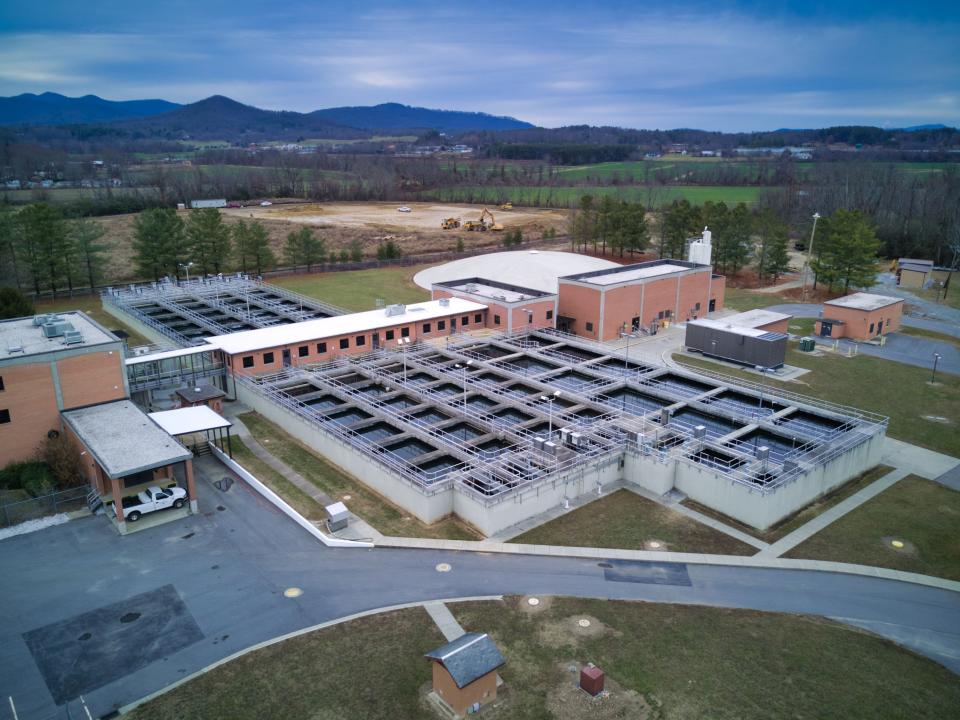
"In November 1921 the still inadequate water system reached a breaking point when Hendersonville residents expressed their desire for an improved water supply at a public town meeting. In December 1921, the North Carolina State Legislature approved the establishment of the Hendersonville Board of Water Commissioners," Steurer said. "The commission was established independent of the city council and had the authority to perform the duties necessary to construct and manage a public water system."
More: County commissioners adopt 2023-24 fiscal year budget and honor prep athletes
Brooks was appointed chairman of the new water commission, and K.G. Morris and J.W. Bailey served as the other two water commissioners.
In April 1922, the Board of Water Commissioners reaffirmed the previous selection of “Pisgah Mountain water” from the headwaters of the North Mills River as the city’s new water source. Other alternative sources considered were Kanuga Lake, Big Hungry Creek, Grassy Creek and Green River. Bonds in the amount of $400,000 were sold to fund construction of the intake dam, over 16 miles of pipeline and the 5 million-gallon distribution reservoir.
"Bids for construction were opened in June 1922 and Kelly-Wilson Company of Asheville was awarded the contract and would perform the pipeline construction with Virginia Machinery and Well Company of Richmond, Virginia, constructing the intake dam and distribution reservoir as a sub-contractor. Crews were mobilized and work camps constructed along the mountainous and remote construction site immediately," Steurer said.
The 25-foot intake dam was constructed at the confluence of Big Creek and Fletcher Creek in a remote region of the Pisgah National Forest that makes up the headwaters of the North Mills River. It was made of concrete with a masonry stone face wall quarried on site.
"Since the streams at the intake dam were so clear and free of sediment, sand for concrete was unavailable. Sand, cement and light equipment for construction of the intake dam were imported by wagon from a site 20 miles away, the last three miles of the route being a little more than a foot trail crossing the upper portion of the North Mills River 15 times," Steurer said.
In Hendersonville, a 5 million gallon distribution reservoir, located about 1 mile west of Main Street, was constructed by excavating the inside and building the embankments with the material excavated. Concrete was placed on the inside slopes and bottom of the reservoir. At the time, 5 million gallons was a 12-day supply of water for Hendersonville.
Over the past century, the water system has grown significantly, Steurer said.
"It now provides drinking water to approximately 75,000 people in Hendersonville and surrounding Henderson County through a network of over 680 miles of water pipes, 54 pumping stations and 24 water storage tanks," he said.
The Intake dam, pipeline and distribution reservoir completed in 1923 are all still in operation today, often going unnoticed, Steurer said.
"However, on this 100-year anniversary when high-quality drinking water is delivered by the simple turn of a handle, we should all take notice and celebrate the forethought of Hendersonville’s early leaders that constructed a water system to improve public health and fire safety and notice the dedicated efforts of the past 100 years of Hendersonville Water Department personnel that have maintained the provision of this valuable resource," he said.
This article originally appeared on Hendersonville Times-News: A city celebration: Hendersonville Water System turns 100 years old

